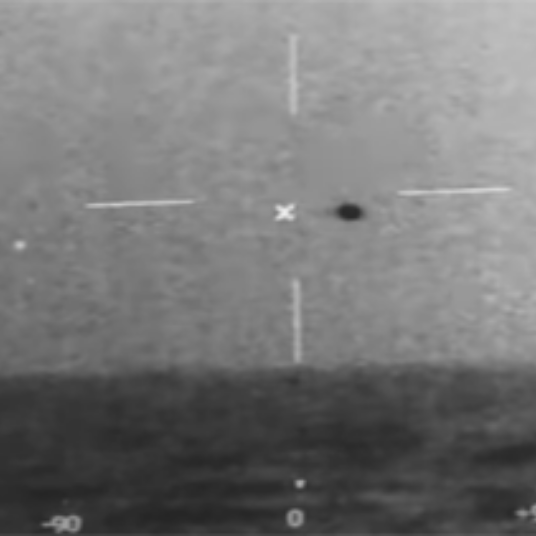Perception Management
Table of Contents

One of the truest cliches in politics is that “perception is everything.” This is why the government seeks to manage public perception using perception management or impression management.
Example: UFOs. Are UFOs flying saucers or some other thing?
The US government has played a role in fostering this debate. The United States military and the intelligence apparatus seeded the story so people would debate whether or not UFOs were aliens rather than talk about the experimental military hardware they actually could be.
Secret Weapons Testing or UFOs?
The 1980s started and ended with two major UFO sightings, the first being the UK Rendlesham Forest sighting and the Belgian wave sightings.
Additionally, in January 1985, Project BLUE BOOK was disclosed in a US Air Force Fact Sheet. Project BLUE BOOK included 12,618 UFO sightings reported from 1947 (the same year as the “Roswell Incident“) to 1969. The sightings were recorded and scientifically researched by the US military. The majority of the researched sightings were identified (mostly as birds), but 701 sightings remained “unidentified.”

Given the above it’s no surprise that worldwide reports of UFOs were up during this period of time. However, were these aliens, or were they something else.
In his documentary, HyperNormalisation, Adam Curtis expands on this idea. He states:
The lights that people imagined were UFOs may, in reality, have been new high-technology weapons that the US Government were testing.
The government had developed the weapons because they, in turn, imagined that the Soviet Union was far stronger than it was and still wanted to conquer the world.
The government wanted to keep the weapons secret, but they couldn’t always hide their appearance in the skies so it is alleged that they chose a number of people to use to spread the rumour that these were really alien visitations.
Governments on both sides of the Cold War were releasing information about unidentified flying objects while simultaneously denying their existence. They used both official public relations and unofficial Potemkin media to shape public opinion during and after the Cold War.
Perception Management: A Means to Distract the Masses
This is perception management, where the government doesn’t just control the debate, they control the playing field, and the terms of the debate. Any answer that people come up with is the right one as far as the government is concerned…because it answers the wrong questions.
It’s the classic misdirection of the stage magician, but applied to politics and governance. And they didn’t stop at UFOs. Fantastical narratives were constructed about political opponents, too.
Curtis goes on to describe the destructive effect this has had on society:
The aim was to tell dramatic stories that grabbed the public imagination, not just about the Middle East, but about Central America and the Soviet Union and it didn’t matter if the stories were true or not, providing they distracted people and you, the politician, from having to deal with the intractable complexities of the real world.
Reality became less and less of an important factor in American politics.
It wasn’t what was real that was driving anything or the facts driving anything.
It was how you could turn those facts or twist those facts or even make up the facts to make your opponent look bad.
So, perception management became a device and the facts could be twisted.
Anything could be anything.
It’s a common practice in psyops to create and leak misinformation. The question isn’t whether or not the government does this, or what falsehoods they’re leaking out for the rest of us — it’s what they’re trying to cover up by doing so.
« Back to Glossary Index